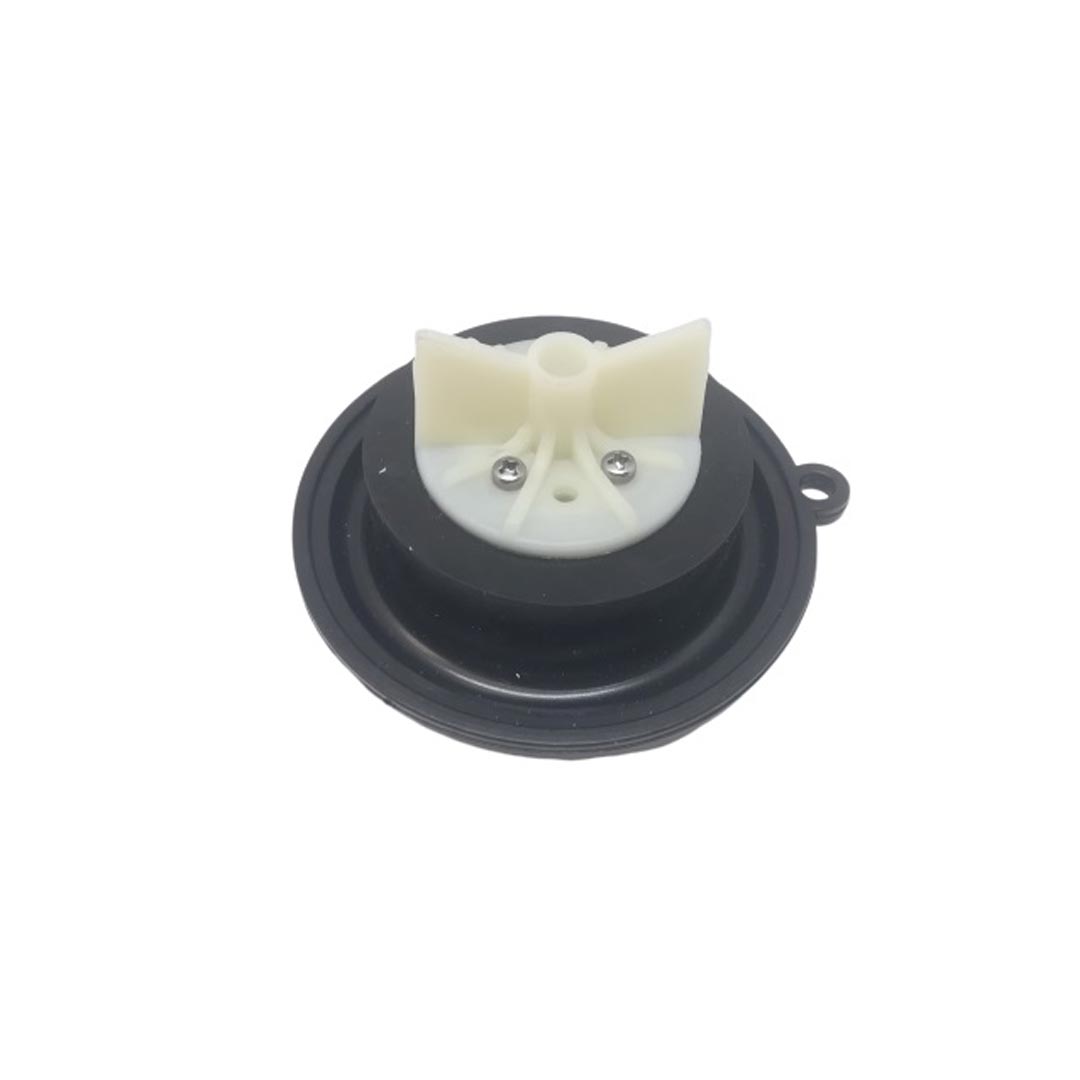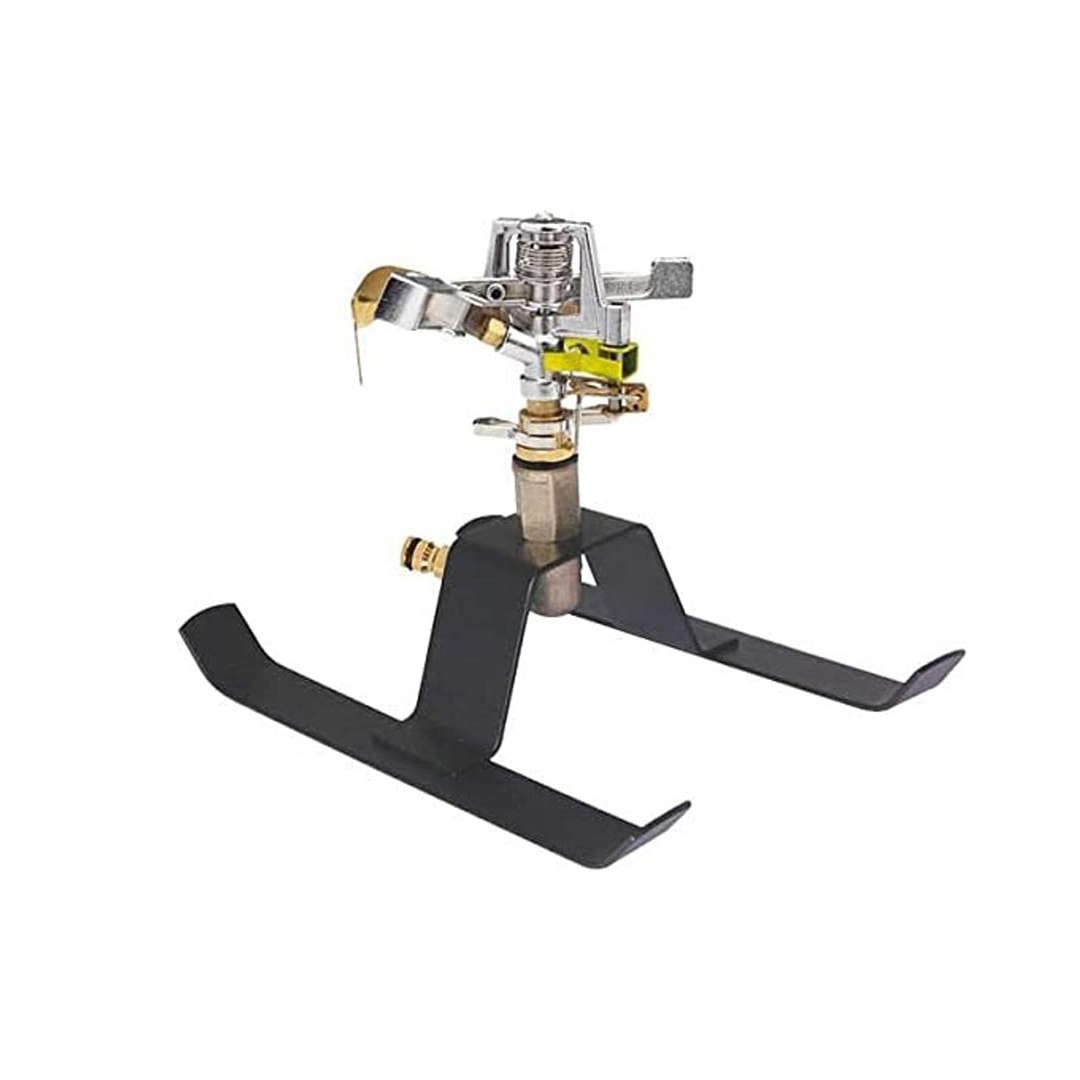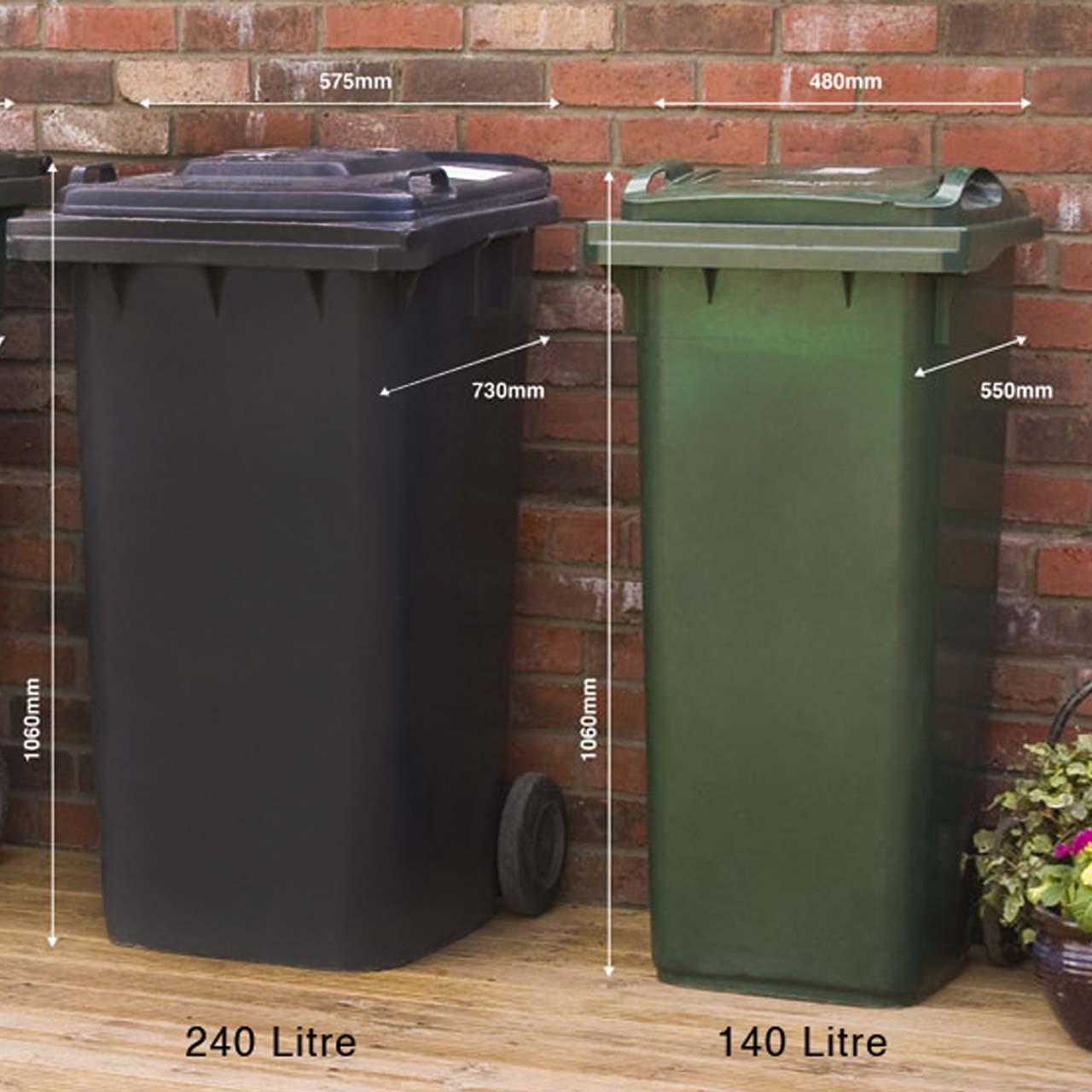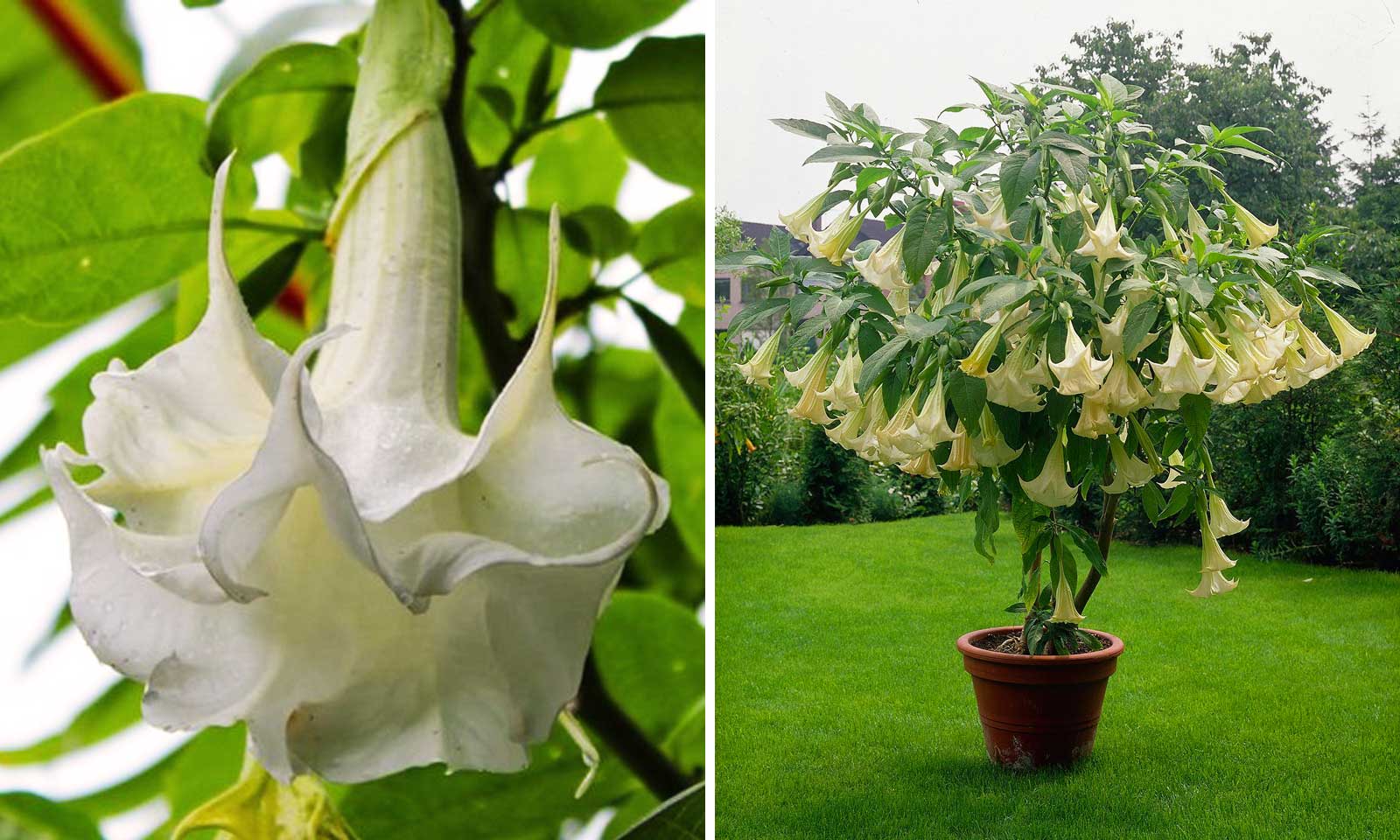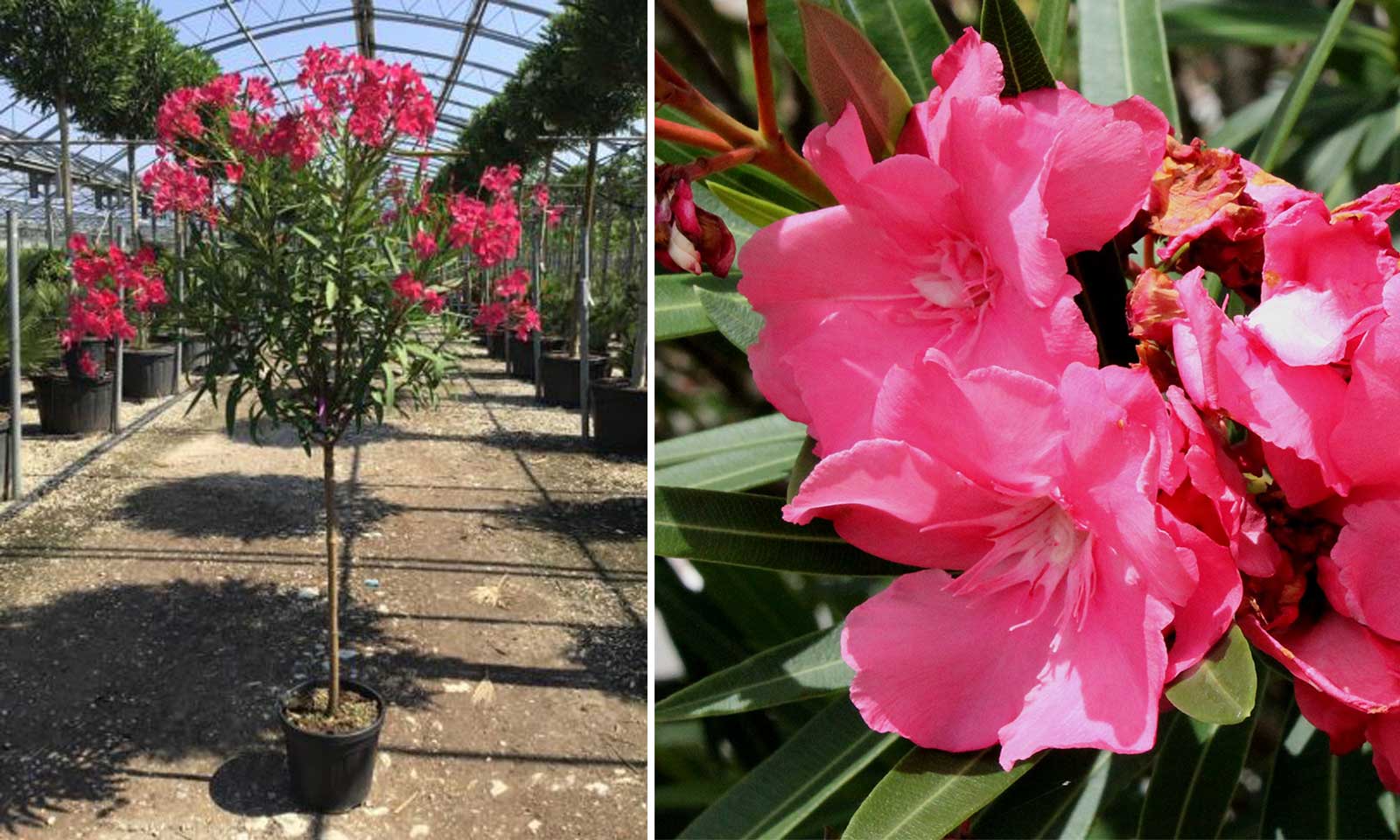Brugmansia / Datura (Angel's Trumpet) - 12 (litres) - Brugmansia Arborea
Commonly called Angel’s Trumpetor or Angel’s Trumpet. The plant itself originates in South America and has been used in traditional medicines by shamans there for centuries. It is semi-evergreen and from late summer until the end of autumn; they produce many trumpet-shaped, pendulous flowers which give off a sweet fragrance which is more intense at dusk. They grow well in all types of soil, including sand. They are very fast growers, suited to pots and effective in all gardens. Generally little maintenance is required for this plant. It has a low hardiness rating of H3 so make sure to shelter during a winter cold snap. Do not ingest any parts of the plant as it could lead to health problems. The plant itself is generally disease free but is prone to pests.
Latin Name: Brugmansia, Datura
English Name: Angels Trumpet, Angel's Trumpetor
Species: Solanaceae
Genus: Brugmansia
Foliage Type: Semi-Evergreen
Foliage: Green
Toxicity: All parts of Brugmansia are poisonous.
Flower: Red-Orange; White
Flowering Period: Summer-Autumn.
Suggested Location: Outdoor.
Suggested Soil Type: Moist but well-drained Chalk, Clay, Loam, Sand
Suggested Exposure to Sunlight: Full Sun or Partial Shade
Suggested Exposure to Weather: Sheltered or Exposed
Hardiness Rating: Low (H3)
Lowest Temperature Tolerance: -5 °C to 0 °C (23 °F to 32 °F)
Growth Habit: Pendulous
Pests: Glasshouse red spider mite, glasshouse whitefly, thrips and mealybugs under glass
Diseases: Generally disease free
Cultivation: Brugmansias are heavy feeders and require regular fertilisation during the growing season to promote new growth and flowers.
Pruning: Generally needs little pruning
Suggested planting locations and garden types: Beds and Borders, Patio and Containers
Final Height: 2.5 m - 3.6 m (8.2 ft – 11.8 ft)
Final Sideways Spread: 1.8 m - 2.5 m (5.9 ft – 8.2 ft)
Delivery Cost: This is calculated based on the total size, weight and quantity of your order, as well as the location of your delivery address. You will see the final price at the Online Checkout Page (before making payment). Our website will automatically calculate the lowest possible delivery price and apply discounts to orders of certain products – giving you the best value delivery every time!
Please note that high-volume orders will decrease your delivery costs significantly by spreading the price across multiple items. Visit our Delivery Policy page for more information.



